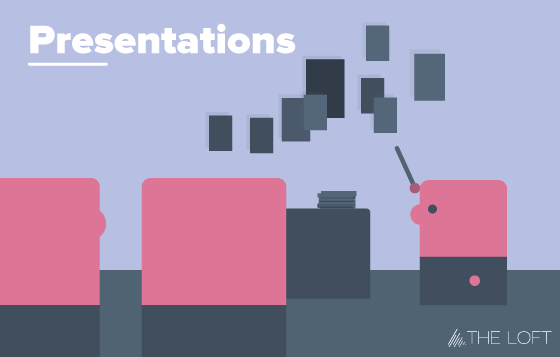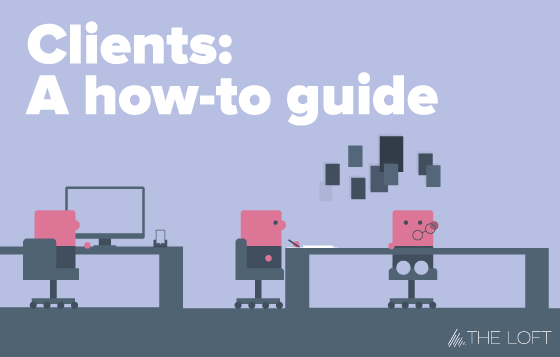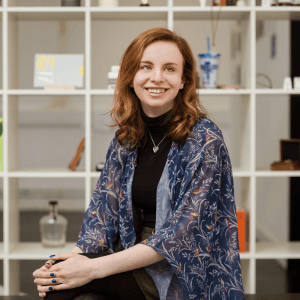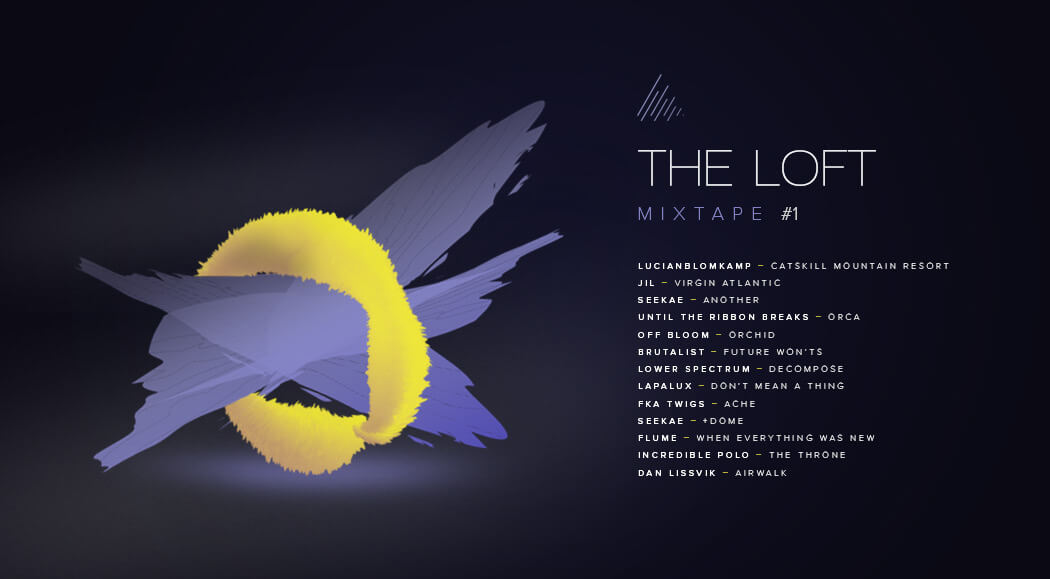For many, just knowing where to start can be the biggest challenge with web-design projects – whether it is the content you’re going to require, where everything goes or how to link it all together. With that in mind, we’ve put together an easy-to-read comprehensive and fast-paced guide to help you fill in the gaps and make a strong start. All questions we’d ask prospective clients – this is everything you need for website projects.
1. What’s the purpose of your new site?
What’s your new website for? Could it be to communicate a change of direction for the company? Show a new brand position? Generate more sales? Introduce E-Commerce functionality? The clearer a picture we have of the end goal, the more we can help you find ways to achieve that goal.
2. Can you provide some info on your company?
Let’s talk about you a little. Some info on your organisation helps us get a feel for who you are and what you stand for.
Any of the following is helpful.
– What does your company do?
– What makes your company special compared to others?
– Does your company have any specific vision, mission or values?
– Any other info?
Company documents, links to your current website or social media pages all work.
3. Who’s the target audience?
Another big one. We want to ensure that your new site reaches the right people and engages them in the right way. What can you tell us about the people you are targeting?
Are they…
Young/Old?
Male/Female?
Fun/Serious?
Take their time/Don’t have time to waste?
Are there any specific legibility issues to consider?
Anything else ?
If you’re targeting all of these people, this is fine – we can factor that in too.
4. Who’ll manage the website after we’re done?
Once the project ends, it is likely that somebody from your team will take over the reins.
We’d like to know the following about the person we hand over too.
– What would be their preferred platform to use (WordPress/Umbraco/Squarespace/Other?)
– Are they (Beginner/intermediate/advanced?)
– Is any training required after the site is built?
5. Tell us about the individual pages of your new site?
One of the first things we do with your site is put together a site structure – this will include pages, menu and any additional functionality.
What we need to know?
– How many pages?
– What goes on those pages – images/text/graphics/video?
– How will the pages link together?
– Any additional features you would like on those pages?
Features may include
– Social Media Share Buttons
– Contact Forms
– News/Social Feeds
– Video Snippets
– CTA (Call-To-Action) buttons.
Is there anything else you have in mind? Again don’t worry if you don’t have everything, include what you can and we can help with the rest.
6. Content?
Our favourite subject – content. Nothing prevents web-projects from going live more than waiting on content (particularly written copy.)
What do we have and what do we need to create? (This can include any of the following.)
– Photographs of the people in the company/ main products/ services.
– Written copy to go on the site, this is likely to include about-us text, service text, etc…
– Graphics or infographics to highlight key statistics, customer data or product features/benefits.
– Any videos you have sitting on YouTube/Vimeo?
Like we said, the more you can provide the better. Once again, don’t worry too much about what you don’t have, we can provide ideas to help with those areas that you are missing.
7. Any SEO goals for your new site?
If you have SEO goals, let us know what they are and we can look at ways to implement these into the site.
That can include any of the following…
– Data from your previous website (such as a Google Analytics, Yoast or Crazy Egg Reports?)
– SEO actions already taken?
– Information on Keywords/Meta tags/Landing Pages?
And finally any tools or measures you would like to take with the new or revised site?
8. Do you have brand guidelines?
We are designers, what can we say. Another favourite of ours, if you have them, we want them.
9. Crucial Functionality & Anything We’ve Missed?
There is a whole host of other functional things to consider with a new website.
These can include any of the following…
– Do you have web-hosting?
– If you require web-hosting, are there any particular things we should provide? Additional Security? Database Protection? E-Mail Systems?
– Do you have access to your domain name? If not, where can we source this?
– Do you have a partner that can assist with the technical part of the project – an IT company, Web-Development Staff or Separate Web Hosting Company?
– Any cookie requirements/legal statements to go on the site?
– Anything else we may have failed to mention not included on this list?
10. Time and Budget?
How long do we have and how much do you have to spend?
Starting with time…
Looking past the ‘Go-Live’ date, are there other dates in-between? Website projects can take months or more, so if we’re creating content, we want to make this available to you even sooner for individual campaigns, social media or other purposes.
Regarding budget…
It helps to know this as early as possible. It allows us to properly spec the project with regards to content, selection of platform, training, etc… Usually a ballpark of where you feel comfortable with minimum-to-maximum spends is fine. We can take it from there.
If you have a budget to manage and are looking for ways to maximise that don’t worry we have a post on that too, check it out >>>
And that’s us. Whether you have everything on the list or not, don’t worry, we can help fill in the gaps and don’t hesitate to contact us if you have any questions?
Benedetto
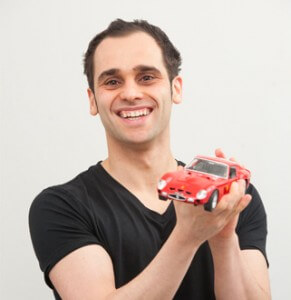
Benedetto is an ideas-driven Creative Entrepreneur. He is on a mission to unleash the power of creativity to create a better world – for people, business and society. He is the founder of the loft, a design and branding house which operates worldwide helping companies bring their brands to life in the most imaginative and effective ways possible. A real man on a mission. Benedetto likes to make things happen and happen fast and in a big way. He wants things done yesterday and is relentlessly driven in his quest to make tomorrow better than today for his company, the people he serves and the wider community.

